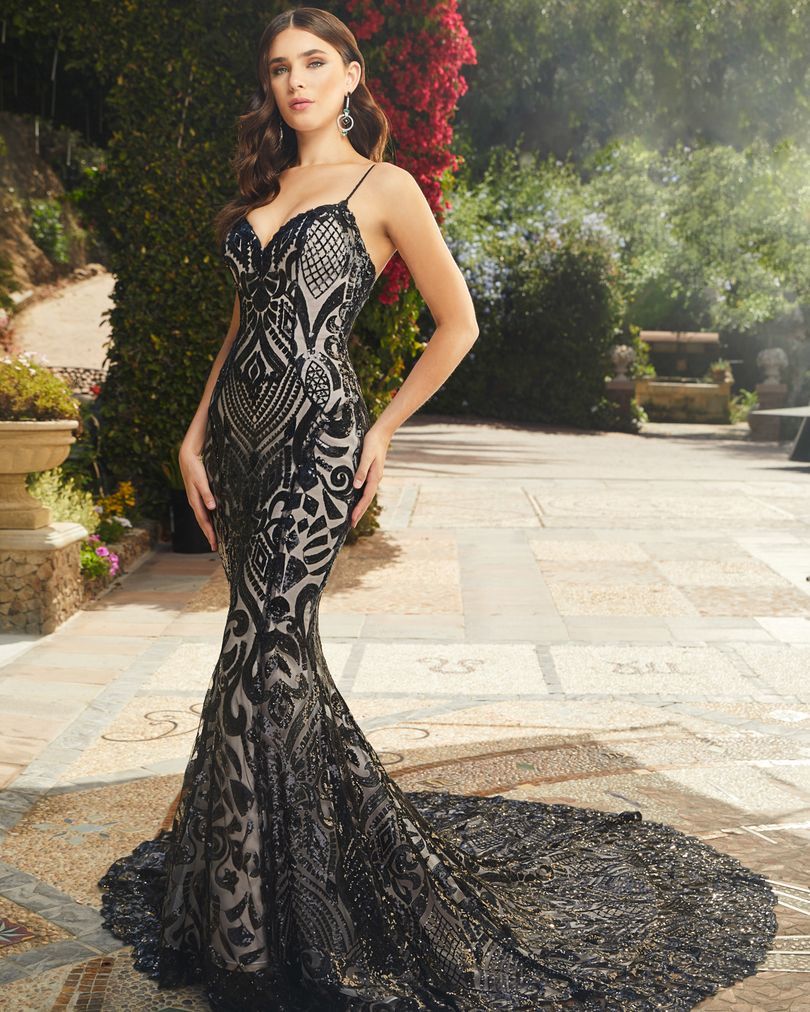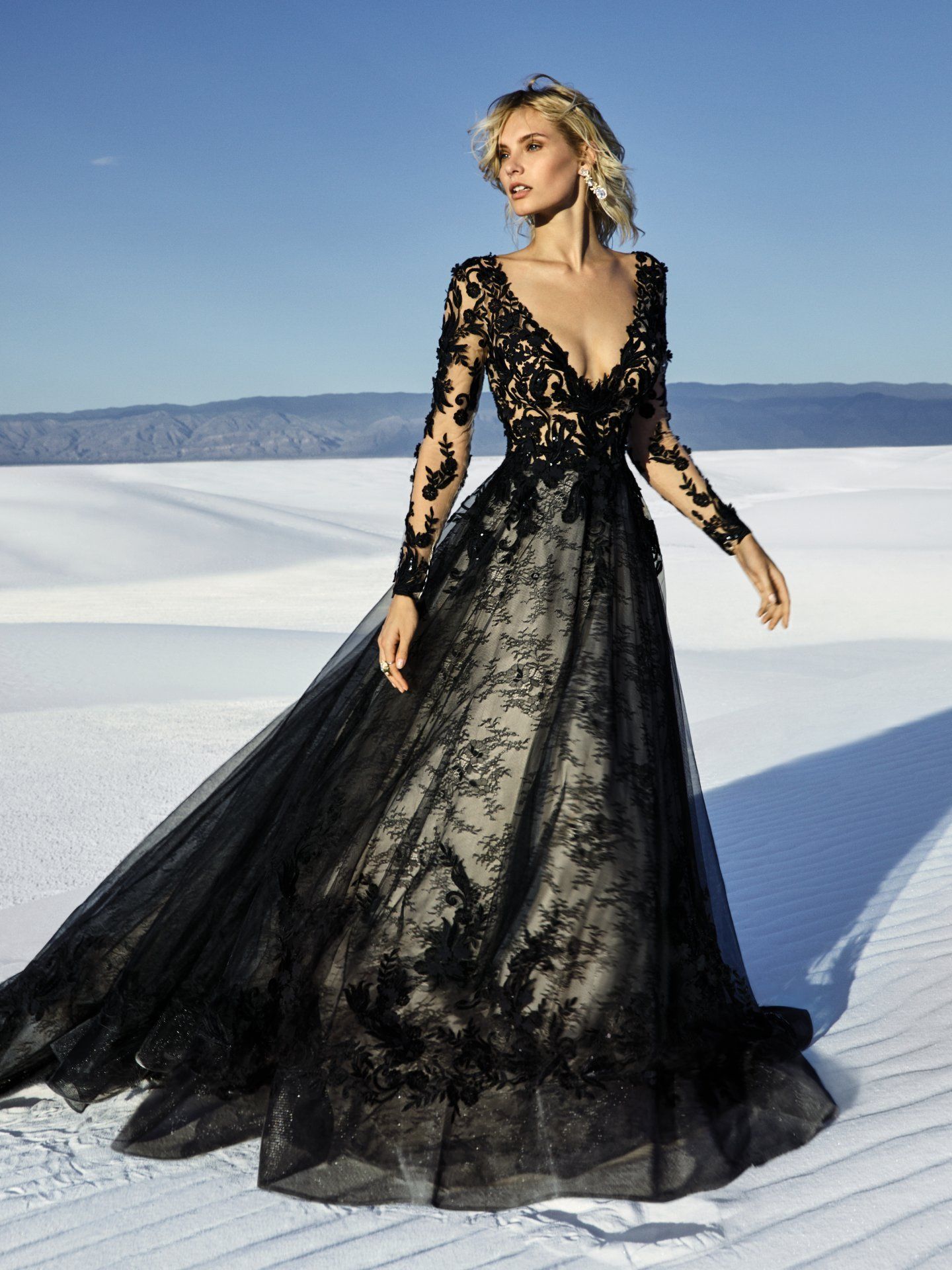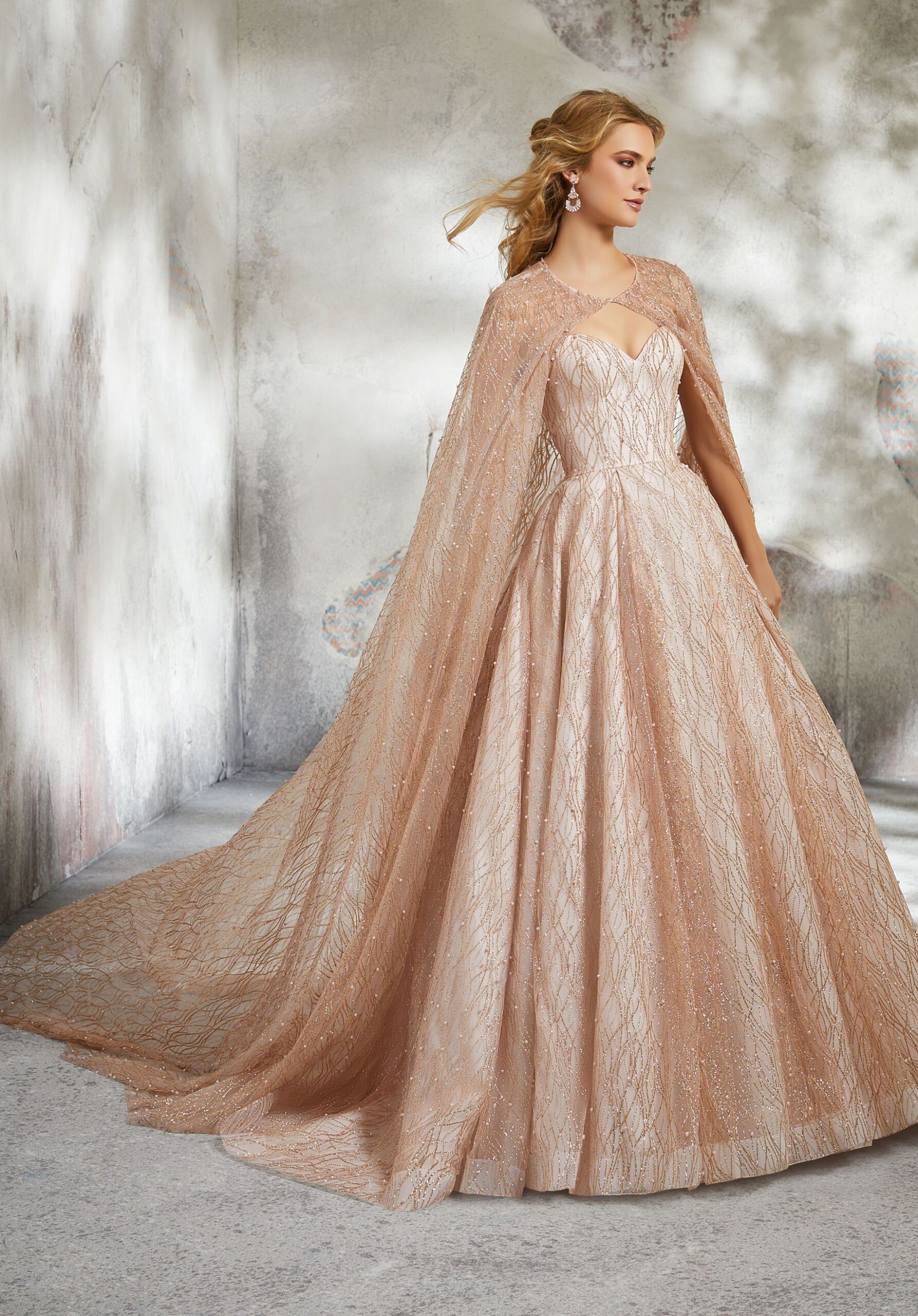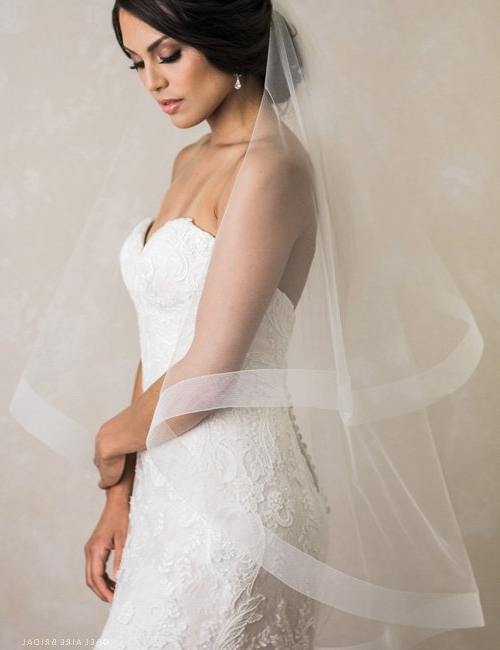Changing Tradition
How the white dress and bridal veil became standard wedding attire
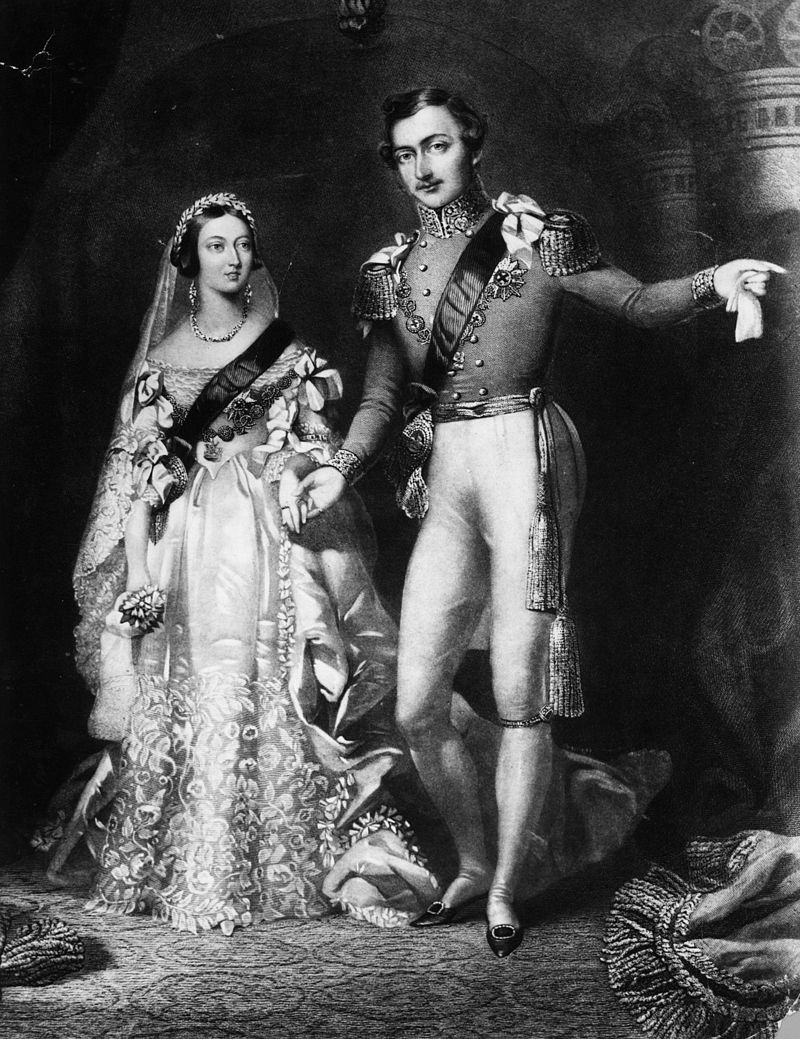
When entering a bridal shop, one expects to see white coating the walls, silver beads glittering in the light, and puffs of tulle jutting from the racks. Just a few hundred years ago, however, such a scene would have looked completely foreign to the average bride. Keep reading to find out how European and American bridal traditions have changed in modernity!
The white dress associated with the traditional bride is not, in actuality, so traditional! The long white dress was popularized in 1840 by Queen Victoria of England. She shocked the world with what was considered a quite plain gown! For most of European and, later, American history, the wealthy wore custom made designs in rich, luscious colors adorned with family jewels. Queen Victoria opted for a white satin dress with lace rather than the jewels and expensive pigments expected of royalty. This was a statement of frugality, a promise to make wise rather than frivolous decisions as monarch.
Victoria’s white gown started a trend that would bridge the gap between the style of the wealthy and the necessary budget-conscientiousness of the average bride. While it remained somewhat common and socially respectable for a bride to wear her “Sunday best” rather than purchase a gown specifically for her wedding, the popularity of the formal white gown rose over the next century. Formal dresses are no longer for only the wealthiest brides but are standard. What was a shocking color choice for Queen Victoria is now the norm!
The “traditional white dress” continues to evolve in the present day. The 2010s have brought the fabulous trend of two-tone wedding dresses, with white (or white-adjacent) detail laid over a darker beige color. Soft, dusty tones of champagne and blush are the most common colors after white and ivory for those who want something unique while maintaining a sense of tradition. Many designers offer black wedding gowns for the bride who wants to make a statement against custom and expectation.
Even older than the tradition of the white dress is that of the wedding veil. Veils have been, and still are, meaningful to many different religions and cultures for various reasons. It is believed that the ancient Romans were the first to use veils specifically in marriage ceremonies. The Roman bride was covered in fabric dyed with red pigments in an attempt to deter malicious spirits. This practice certainly interacted with other cultural uses of veils, as the Roman Empire spanned incredible distances and influenced numerous peoples in Europe, the Middle East, and northern Africa.
The tradition survived in fluctuating popularity over the next few millennia, and the bridal veil has evolved into one to two layers of sheer tulle draped from the hair. Most brides who wear veils do so because it is part of their dream wedding outfit—a necessary accessory rather than one warding off spirits or hiding her beauty from the world. Of course, some brides hold veils with religious significance and, if so, often choose veils specific to their cultures rather than those of sheer tulle. This tradition is ever-changing, and more brides leave the tradition of veils behind. The boho bride may wear a flower crown, and the fall bride may don a bridal cape wrapped around the shoulders instead of a headpiece.
11291 by Morilee
Considering the timing of Queen Victoria’s wedding in the 19th century, the bridal industry as we know it is a fairly recent development. The white dress is not such an old tradition, but the bridal veil holds ancient roots. Bridal style is ever-changing. Whether you have always dreamed of a traditional style or want something that is unexpected, the important thing is that you feel beautiful and loved!
